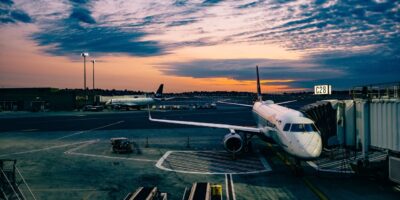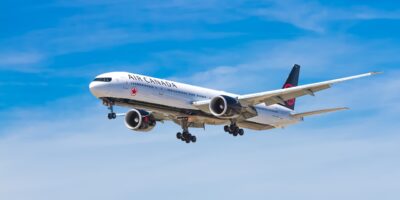Pilot Shortage
The aviation industry is facing a pressing issue: a shortage of qualified pilots. This situation has significant implications for airlines, passengers, and the global economy. Understanding the causes and potential solutions is crucial for stakeholders within the industry and those directly affected by it.

Historical Context
The pilot shortage isn’t a new problem. It has been on the radar for several decades, though its intensity has fluctuated. Several factors have led us here. The post-World War II era saw a surge in trained pilots, thanks to returning military personnel. Over time, this influx slowed down, but demand for commercial air travel continued to rise. The cyclical nature of the aviation industry, with its booms and busts, also played a role.
Rising Demand for Air Travel
The growth of the global middle class, particularly in Asia, has led to an unprecedented demand for air travel. Low-cost carriers have also made flying more accessible. This increase in passengers means more planes are needed, and consequently, more pilots. The growth rate of the industry has outpaced the rate at which new pilots are being trained.
Retirement Wave
A significant number of current pilots are approaching mandatory retirement age. In the United States, for example, commercial pilots must retire at age 65. This creates a large and predictable gap in the workforce. The Baby Boomer generation, which has a large representation in the pilot workforce, is now retiring en masse.
High Barriers to Entry
Becoming a pilot requires substantial investment, both in terms of time and money. Aspiring pilots need extensive training, beginning with obtaining a private pilot license, followed by numerous other certifications and flight hours. The cost can run into the tens of thousands of dollars, presenting a significant barrier for many.
Regional Disparities
Some parts of the world are more affected by the shortage than others. In developing countries, the rapid growth in demand isn’t matched by the local training infrastructure. These regions often rely on expatriate pilots, which isn’t a sustainable long-term solution. Conversely, regions with well-established flight training schools still face issues but are better equipped to manage them.
Impact on Airlines
Airlines face multiple challenges due to the pilot shortage. They struggle to maintain schedules, sometimes reducing the number of flights or routes offered. This impacts their revenue and market share. Competition for available pilots also drives up labor costs. Smaller regional airlines often suffer the most, with larger carriers poaching their pilots with promises of better pay and benefits.
Impact on Passengers
For passengers, the pilot shortage can lead to higher ticket prices, fewer flight options, and more frequent delays or cancellations. These inconveniences can erode consumer confidence in air travel. Business travelers and those in regions with limited connectivity are particularly affected.
Innovative Solutions
Several initiatives are underway to address the pilot shortage. Some airlines have started their own training academies to create a pipeline of future pilots. Scholarships and financial assistance programs are also being offered to ease the financial burden on students. Efforts to diversify the pilot workforce by attracting women and minorities are getting traction.
Technological Advances
Automation and advancements in cockpit technology could alleviate some pressure. While fully autonomous commercial flights are not yet a reality, reduced crew cockpit concepts are being explored. This involves having fewer pilots on longer flights, with resting periods managed through rotating shifts. The challenge is to ensure these innovations don’t compromise safety.
Role of Regulatory Bodies
Regulatory bodies like the Federal Aviation Administration (FAA) and the International Civil Aviation Organization (ICAO) have a critical role. They set the training standards and certification requirements. Some argue that these bodies could streamline certain requirements to make pilot training more accessible without compromising safety.
Long-Term Forecast
Industry forecasts vary, but most agree that the pilot shortage will persist for at least the next decade. Stakeholders must collaborate to develop sustainable solutions. This involves not just increasing the number of pilots but also improving the overall efficiency and safety of the aviation system.
The aviation industry is at a pivotal moment. Addressing the pilot shortage requires a multifaceted approach, balancing immediate needs with long-term strategies. The stakes are high, but so too are the opportunities for innovation and growth.



